One of the most important parts of buying a home is getting the right mortgage with favorable terms for you, terms that will keep you in your home and stop you from going into default and foreclosure. One of those terms is the interest rate. Is it fixed rate interest? Or an adjustable rate? Adjustable rate mortgages, commonly called ARMs, are often praised by lenders, but are they really a good thing? Usually not. In this article, I’ll explain the key differences between a fixed interest rate mortgage and an adjustable interest rate mortgage (ARM).
One of the most important terms of your mortgage is the interest rate. This is the amount your lender charges you for borrowing money, usually expressed as an annual percentage. Mortgage interest rates are usually either fixed or adjustable rate.
Fixed Interest Rate Mortgage
A fixed interest rate mortgage is repaid over its term at an unchanging rate of interest. For example, you take out a mortgage at 4.25% fixed interest. That means you will pay 4.25% interest the first year, the second year, the third year, and every year. It will not change.
The benefit of a fixed interest rate mortgage is that you will know exactly how much of your principal is paid each month because the interest rate doesn’t change. If you have a very low interest rate (3 or 4%), this is comforting because you’ve locked in a phenomenal interest rate and gotten a great deal. However, if you took out your mortgage with a high fixed interest rate (7 or 8%), then you are stuck paying this higher interest rate throughout the length of your loan, even when interest rates drop.
Regardless of whether your fixed interest rate is a great deal or a bad one, you have consistency in your payments. Your home insurance may change your payment annually, but there will be not huge increases in your mortgage payment from interest hikes. That’s reassuring and comforting. No surprises.
Adjustable Interest Rate Mortgage (ARM)
An adjustable interest rate mortgage (ARM) is repaid over its term at a changing rate of interest. As interest rates in the mortgage market increase, your payment also increases, but that increase is more interest that you pay, not more principal. On the other hand, as interest rates in the mortgage market decrease, your payment also decreases. This translates to a smaller payment while still paying off the same amount of principal.
Adjustable interest rate mortgages have two parts to the calculation of the interest rate charged: the index rate and the margin. The index rate is usually a published rate that represents the current cost of money, like a Treasury bill index or a local cost of funds index. The margin is a percentage added to the index rate to cover the lender’s administrative expenses and profit for making the loan to you. The margin is typically 2 to 3%.
Here’s an example. If you take out an ARM with a current index rate of 5.5% and a margin of 2%, your current interest rate is 5.5% + 2% = 7.5%.
ARMs are not adjusted every month. Every ARM has a rate adjustment period that determines how often the adjustable interest rate is adjusted, typically every year.
In order to keep ARMs from making your payments unaffordable, many ARMs have a limit to the interest rate the lender can charge called an interest rate cap. Even if the index rate skyrockets, the cap keeps the lender from raising your payments so high you can’t afford them. Along with the interest rate cap there is usually a mortgage payment cap. This limits how high the lender can raise your payments.
While an interest rate cap and mortgage payment cap sound great, if the terms of your ARM allow negative amortization, they be setting you up for losing your home.
Negative Amortization
Negative amortization is the big baddy of the adjustable interest rate mortgage (ARM) world. It’s when your monthly mortgage payment covers only part of the interest due on your loan. The rest of the interest due is added to your principal, so your principal, the amount you owe, gets bigger not smaller after your payment. Even though you are making mortgage payments, you’re not actually paying off your mortgage. When people say they are “upside down” on their mortgage, this is usually what they’re talking about.
When you are in negative amortization for a long period of time, you may find that eventually what you owe in principal on your house may exceed its value or worth. This is the point where most people lose their homes through default and foreclosure. So make sure you understand the terms of your mortgage loan and that negative amortization is not possible under the terms of your loan.
Fixed Rate vs Adjustable Rate
Fixed interest rate mortgages have the same interest rate each year and the same monthly payments that consistently decrease the principal owed on the mortgage. They are consistent and you don’t need to keep track of the index rate of interest. You also don’t need to worry about negative amortization.
Adjustable interest rate mortgages are not consistent. The interest rate changes throughout the term of the loan and may become so high that you can no longer afford your house. In the worst case, if your adjustable interest rate gets too high, it won’t cover all of the interest and the excess interest will be added to your principal until eventually you owe more than your house is worth. If you do reach the point where you owe more than your house is worth, you may still owe on your mortgage even after selling your house.
An Alternative to ARM
For most people, an affordable rate of interest is 5% or less. But if your fixed interest rate mortgage is more than 5%, you have options. When the interest rates drop, you can refinance your home at a lower fixed interest rate, saving yourself money in the long-term. There will be loan fees, but in most cases the money you save makes it worth it. No more watching the index rate and worrying about skyrocketing mortgage payments or going upside down on your mortgage (owing more than the home is worth). That is peace of mind.
Summary
Most mortgages fall into two types: fixed interest rate mortgages and adjustable interest rate mortgages (ARMs). With fixed rate mortgages, the interest rate stays the same every year for the length of your loan. With adjustable rate mortgages, the interest rate varies, usually from year to year, based on the index rate and the margin in your mortgage terms. Because there is often a payment cap, an ARM can result in you not paying all of the interest due, which results in the interest being added to your principal. That’s called negative amortization and it’s really bad. Another alternative is sticking with a fixed rate mortgage until the interest rates drop then refinancing your home at the new lower interest rate.
I hope that you’ve enjoyed this article on Fixed vs Adjustable Interest Rate Mortgages. Remember, this information is taken from my personal expertise and should not be considered professional, expert, or legal advice. If you have any questions, use the contact form. And good luck house hunting. 🙂
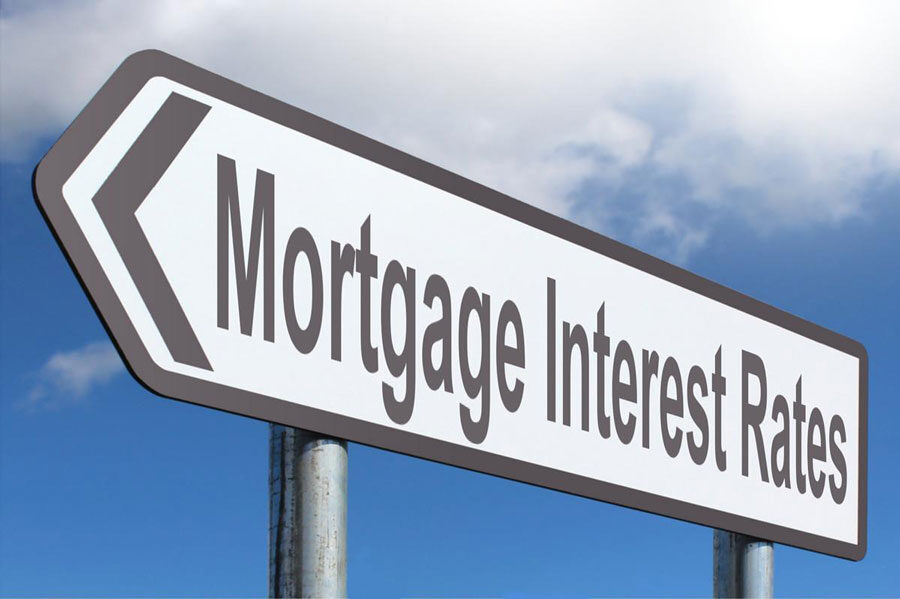




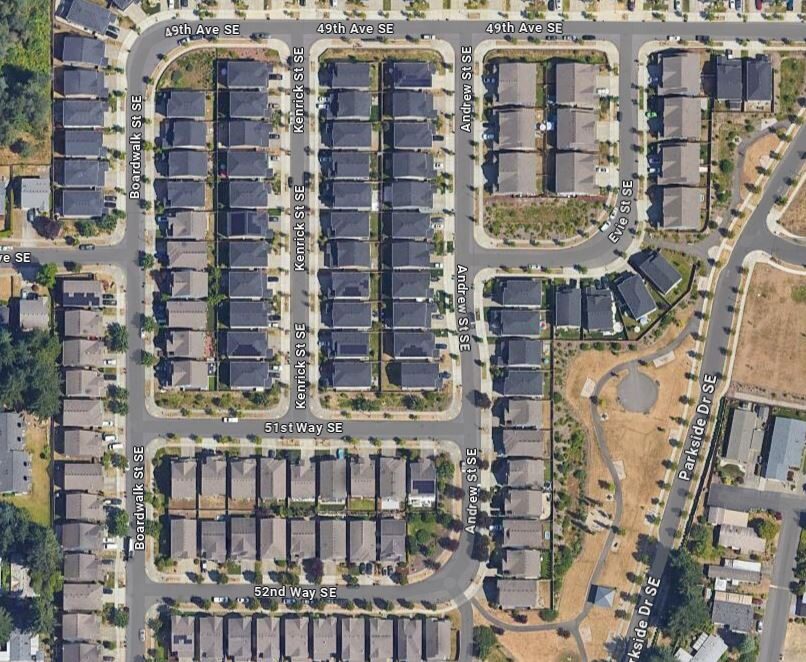
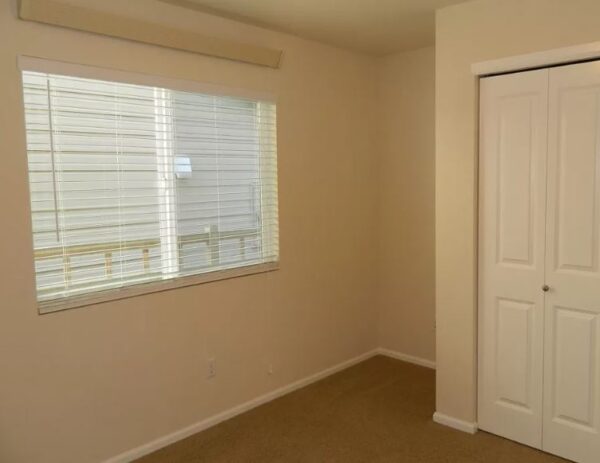
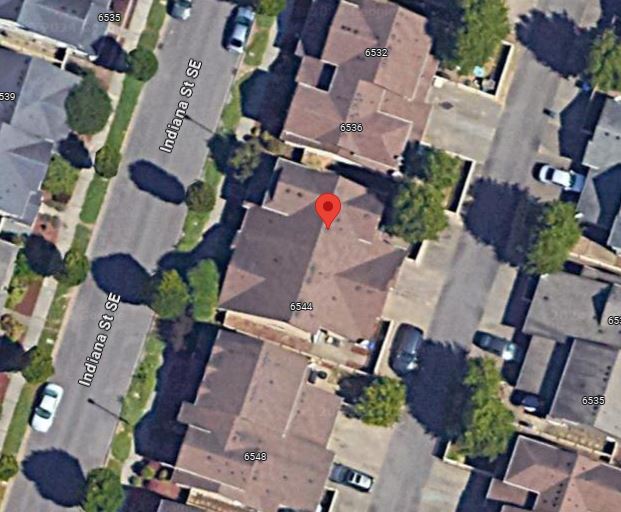
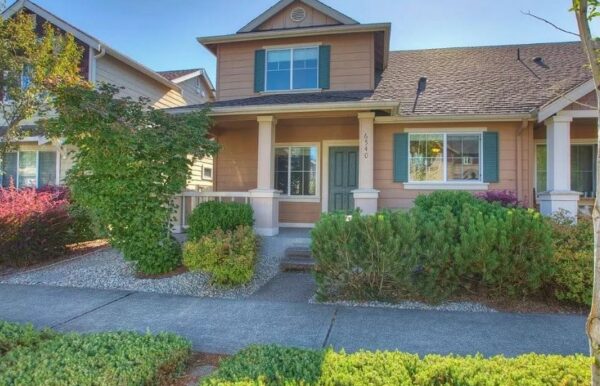

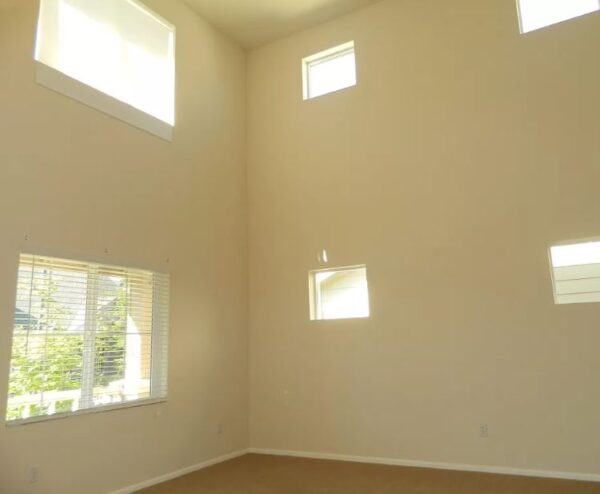
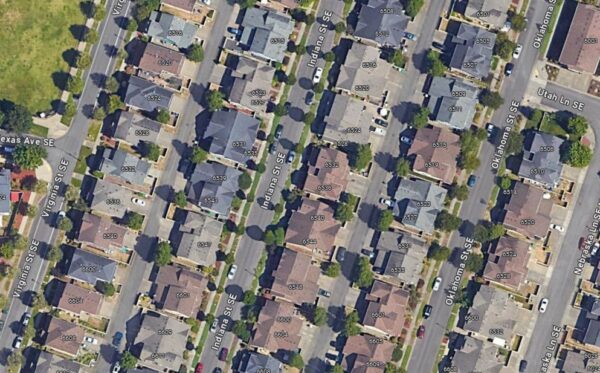
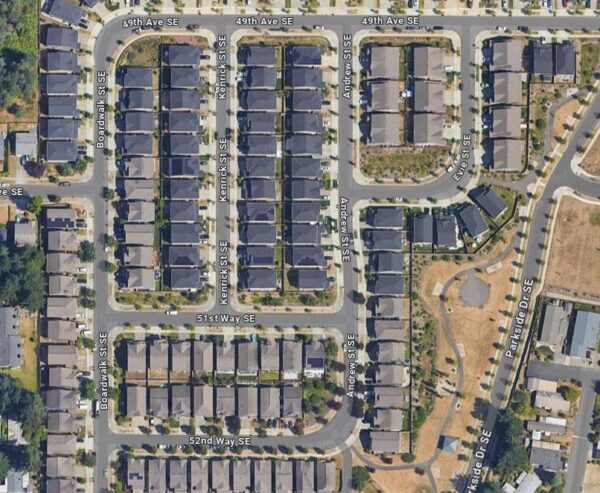
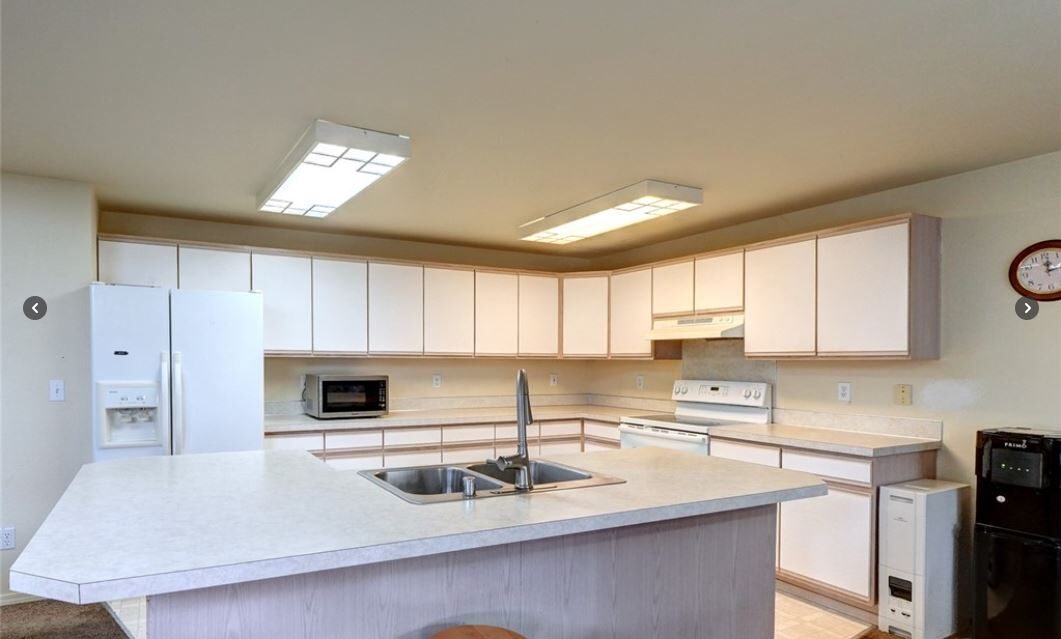
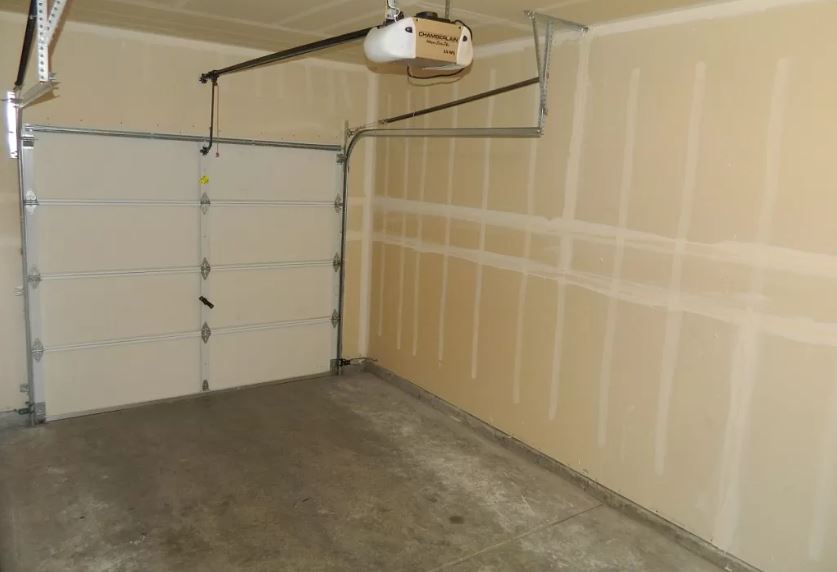
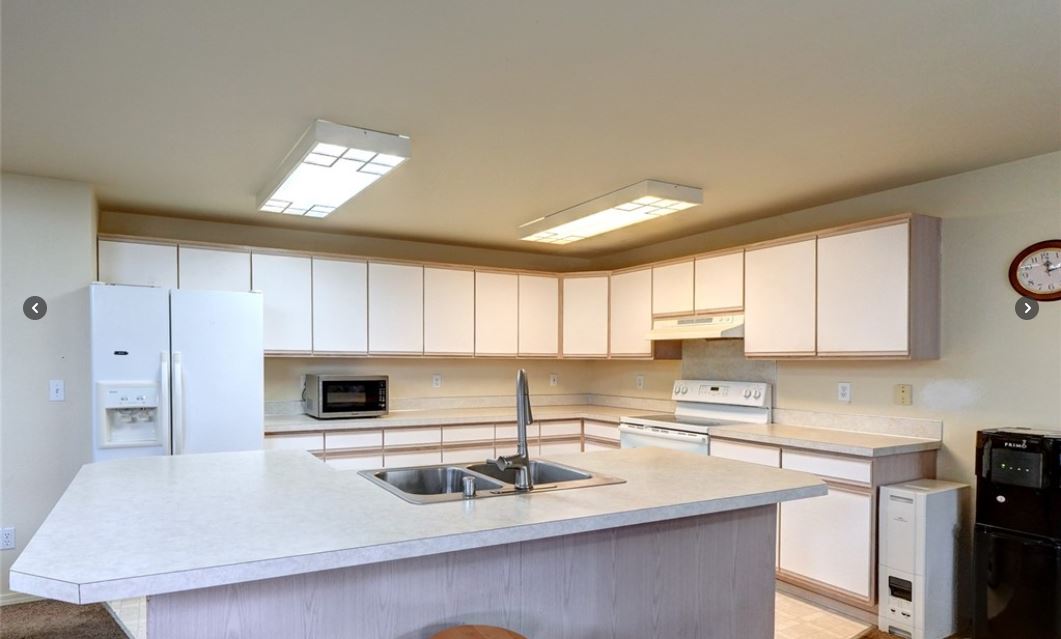
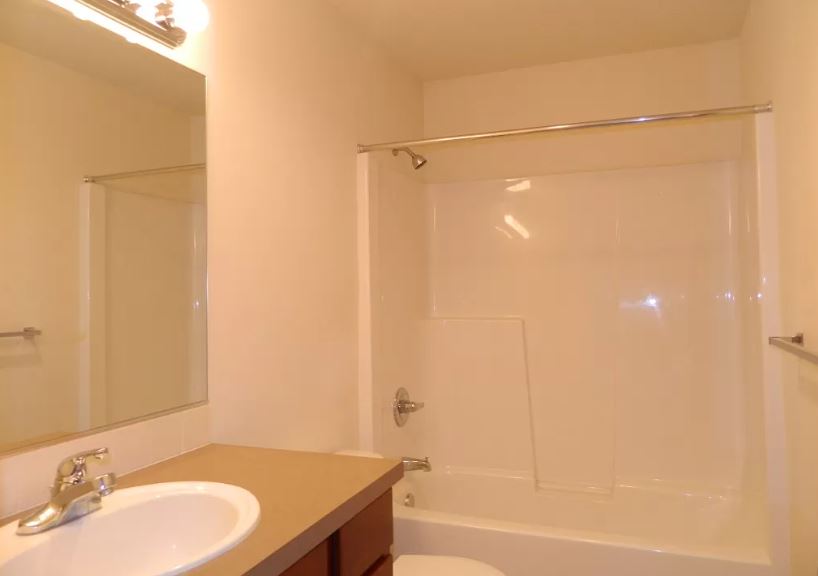


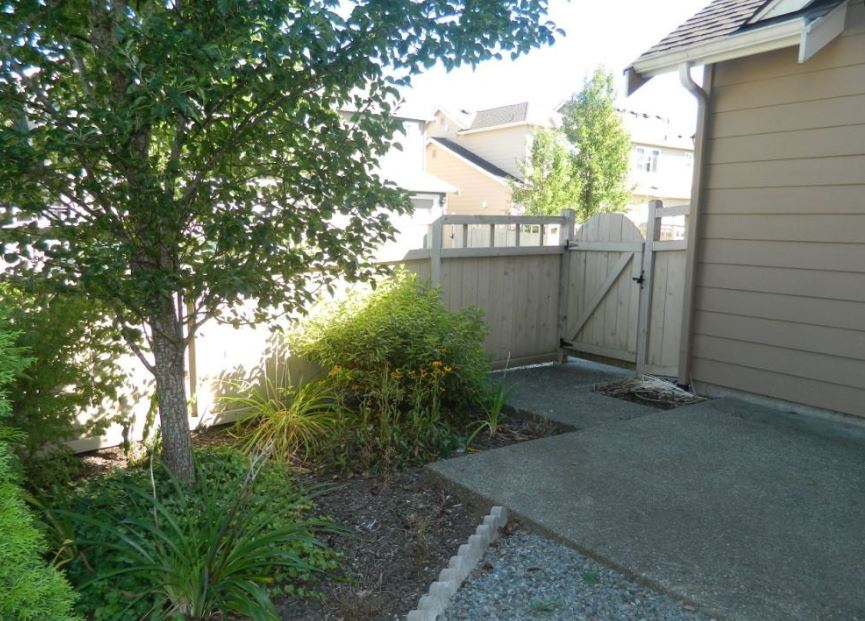
Leave a Reply